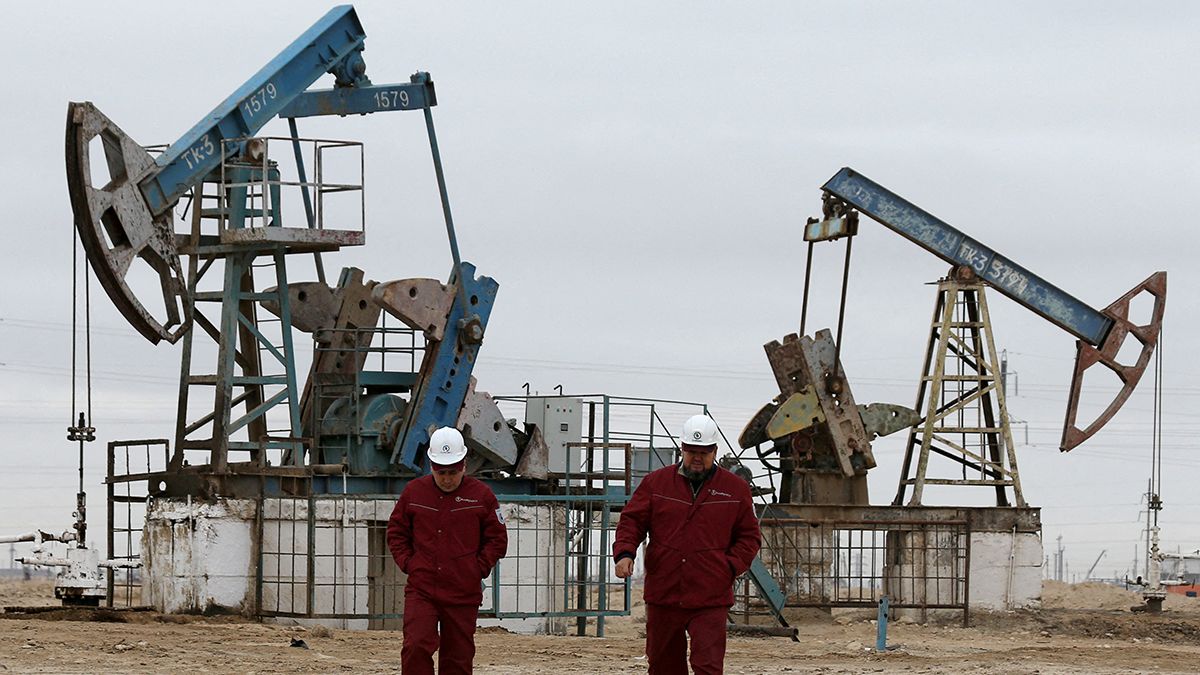Investors echoed economic data from the United States that offset the impact of the Federal Reserve’s decisions.
The prices of Petroleum rose this Thursday, while investors assimilated that the Federal Reserve likely postponed the interest rate cut until December, due to economic data that shows a flexibility in the US labor market and a slowdown in the economy. inflation.
The content you want to access is exclusive to subscribers.
Crude oil futures Brent They rose 15 cents, or 0.18%, to $82.75 a barrel, while US West Texas Intermediate (WTI) gained 12 cents, or 0.15%, to $78.62. It is worth remembering that both had increased almost 1% in the previous session.


Supply increases
On the supply side, U.S. crude stocks rose more than expected last week, driven largely by a rise in imports, while fuel inventories also rose more than expected, the report showed. Wednesday data from the Energy Information Administration (EIA).
In addition, a bearish report from the IEA which warned of an oversupply in the near future. The IEA expects a “significant surplus” in the markets of Petroleum by 2030, due to a slowdown in demand growth and increased global production, according to an annual report published this Wednesday.
Operators are also keeping an eye on ongoing ceasefire talks in Gaza and attacks by Yemen’s Houthi militants on shipping in the Red Sea.
The demand for oil
New comments from the OPEC They also helped boost crude oil prices. The Secretary General of OPEC, Hathaim Al Ghais, said it expects demand to rise to 116 million barrels a day in 2045, and possibly more, in response to a report from the International Energy Agency which predicts a peak consumption of Petroleum in 2029.
Al Ghais, writing in Energy Aspects, called the IEA report “dangerous commentary, especially for consumers, and (that) will only bring energy volatility on a potentially unprecedented scale.”
For its part, the United States Department of Labor reported that the producer price index (IPP) fell 0.2% monthly in May. Economists polled by Reuters had forecast an increase of 0.1%. On the other hand, initial claims for unemployment benefits exceeded estimates and reached their highest level in 10 months.
Source: Ambito




